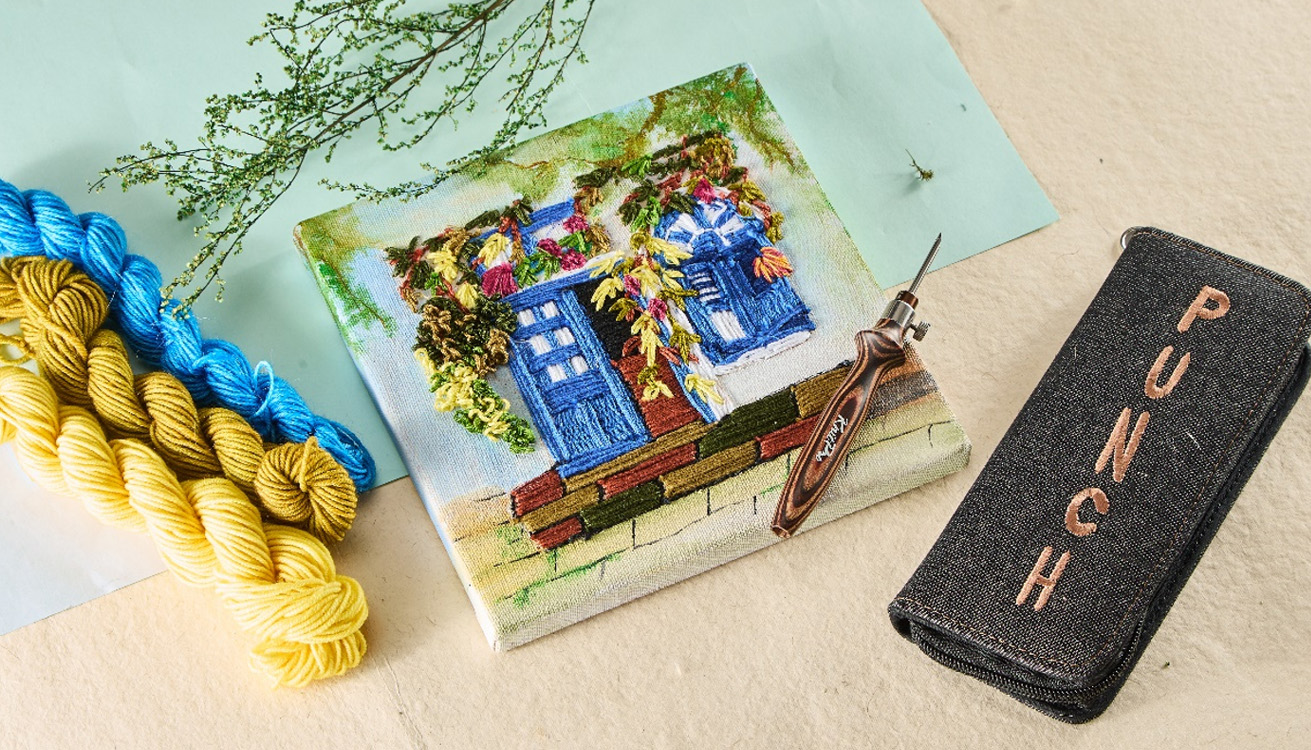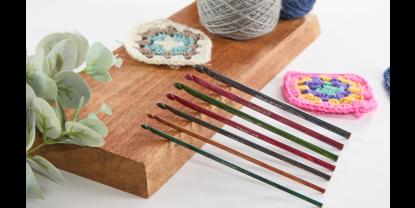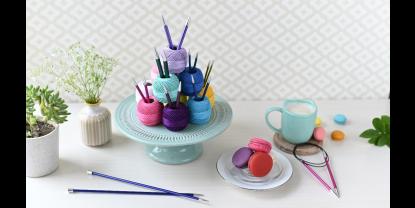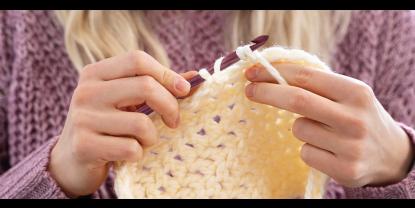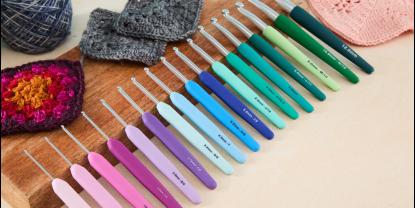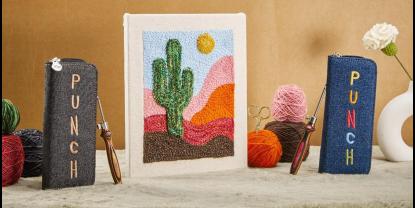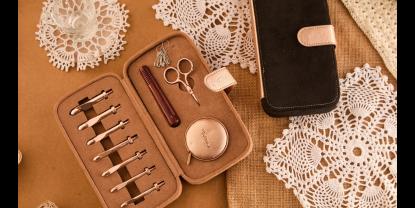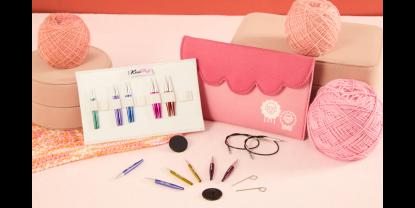If you've ever dreamed of jabbing something repeatedly and creating beauty, congratulations, you’re about to fall in love with punch needle! A healthy and creative outlet that ends you end up with beautiful, cozy creations to show for it. Punch needle is an easy to learn art that lets you create textured, colorful, and often whimsical designs using yarn with a specialized punch needle tool. A lot has been discussed, as the trendy art has taken over fiber artists of all ages and skill levels. From the best tools to techniques, foundation fabrics to yarn, patterns to projects, there are endless possibilities. It is easy to get started, but when it comes to getting those perfect textures with yarn loops and achieving a smooth rhythm in your work, one factor matters more than you might think: your fabric choice. Let's dive (or should we say, punch?) into why this craft is taking over creative spaces everywhere!
Choosing the Fabric for Punch Needle Art
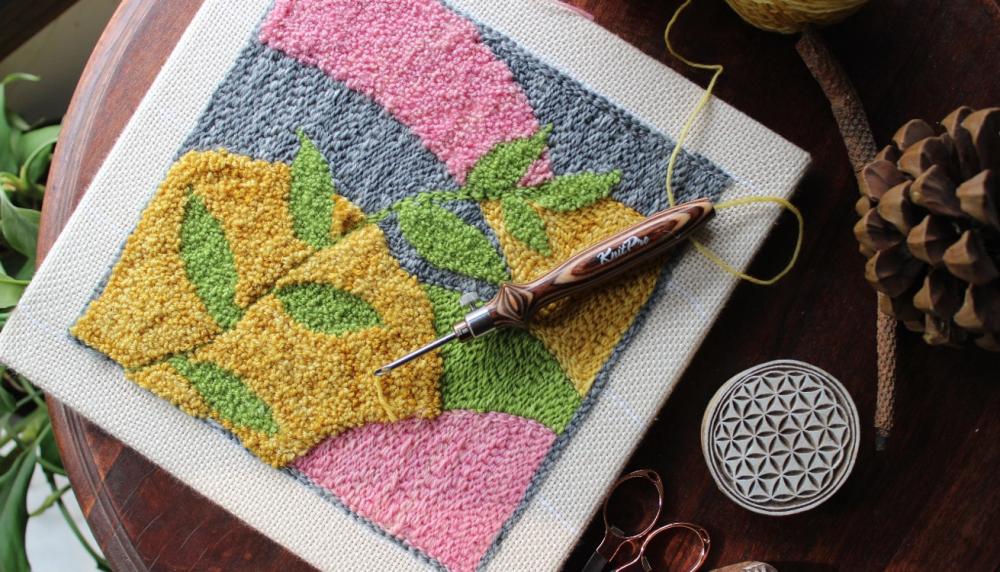
With so many fabric types out there, beginners and even experienced punch needle artists often wonder which fabric is actually the best for punch needle. Monk’s Cloth, Duck Fabric, and Weaver’s Cloth are the most common names. Of late, designers are experimenting with punch needle art over knitted and crocheted fabric. However, choosing the right fabric is important for the project, whether it's inspiring punch needle projects for beginners or professional artwork.
Why the Fabric Matters?
Before we explore the two contenders, let’s understand why fabric choice is so important in punch needle. Your fabric is the canvas that holds your loops in place. It needs to be tightly woven enough to hold the yarn securely and open enough to allow the needle to glide through without resistance. Most importantly, it should offer durability so it doesn’t stretch out or tear as you work. Some fabrics simply do this better than others.
Everything you need to know about Monk’s Cloth
If you ask seasoned punch needle artists which fabric they use most often, you’ll probably hear one name over and over again: Monk’s Cloth. Believed to be the Gold Standard for Punch Needle, the foundation fabric is used in all kinds of projects.
So, what is Monk’s Cloth? A foundation fabric for punch needle art, the 100% cotton, specially woven with a double strand of cotton. The foundation fabric is woven with a white line every five centimetres to help you position your pattern. The soft texture and a visible grid-like structure make it ideal for medium to bulky yarns and larger punch needle sizes.
Why It Works So Well
- Open weave structure allows the punch needle to enter and exit with ease, while still gripping the yarn enough to hold it in place.
- Easy to see & count visible grid makes it easy to follow patterns, space your stitches, and plan your design.
- Soft but strong Monk’s Cloth has just the right balance of flexibility and strength, so it holds up well under tension on your frame or hoop.
Best For:
- Punch Needle Rugs and textured throws
- Wall hangings, trivets, pillows, and functional art such as tote bags
- Projects using wool rug yarn or chunky yarn
Everything you need to know about Duck Fabric
Duck fabric, also known as cotton duck or duck canvas, is another option that’s commonly discussed in the punch needle world. A tightly woven cotton canvas known for its durability and stiffness. It’s often used in upholstery, tote bags, and workwear. Compared to Monk’s Cloth, duck fabric is more rigid and has a tighter weave.
Why and When It Works So Well
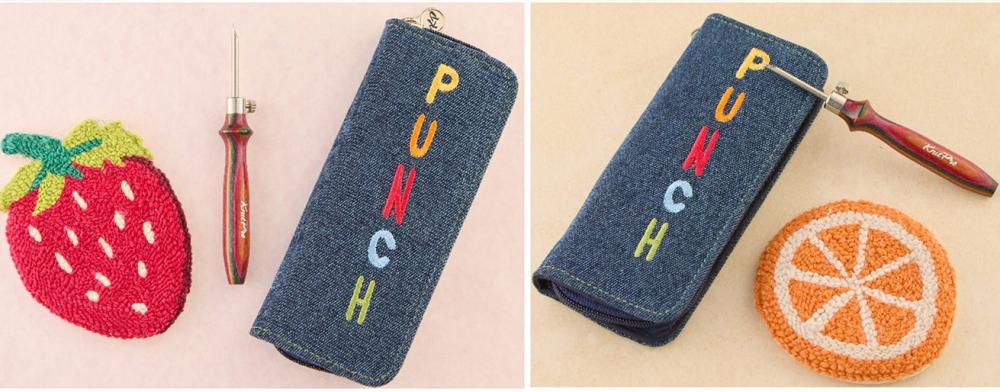
Sturdy and strong, Duck fabric can withstand lots of handling, making it useful for small accessories or framed art. You can easily find duck fabric at most fabric stores in a range of colors and weights.
However, we have to tell you about the drawbacks too. Tight Weave = Tough Entry. Woven more tightly than Monk’s Cloth, it can be harder to punch through—especially with thicker yarns or larger needles. You may find that your hand tires more quickly, or that the loops don't stay in place as well.
Duck fabric generally works best with fine punch needle embroidery, using thinner yarn or floss and smaller needles.
Best For:
- Small decorative items like coasters or framed artwork
- Projects using thinner threads or embroidery floss
- Lightweight, wall-hung pieces
So, Which One Should You Choose?
The choice of punch needle fabric totally depends on what you are trying to make. KnitPro offers square and rectangular pre-stretched frames for punch needle art.
Here’s a quick comparison:
| Feature |
Monk’s Cloth |
Duck Fabric |
|
Weave |
Loose |
Tight |
|
Best Yarn Size |
Medium to bulky |
Thin or embroidery floss |
|
Needle Compatibility |
3mm & 4mm needle diameter |
Small, fine needles2mm needle diameter |
|
Durability |
Flexible but strong |
Very sturdy |
|
Ease of Use |
Beginner-friendly |
Intermediate to advanced |
|
Ideal For |
Rugs, pillows, wall art |
Small decor, framed art |
When it comes to choosing the best fabric for punch needle, Monk’s Cloth remains the top choice. Its forgiving weave and durability make it the go-to for artists of all skill levels. Duck fabric can work in specific scenarios, particularly for smaller, lightweight pieces, but it requires more effort and the right materials to yield satisfying results. For your artwork refre to our blog on mastering punch needle techniques: tips and tricks.
Ultimately, the “best” fabric depends on your project, punch needle size, and yarn weight. Experiment and express your creativity!


